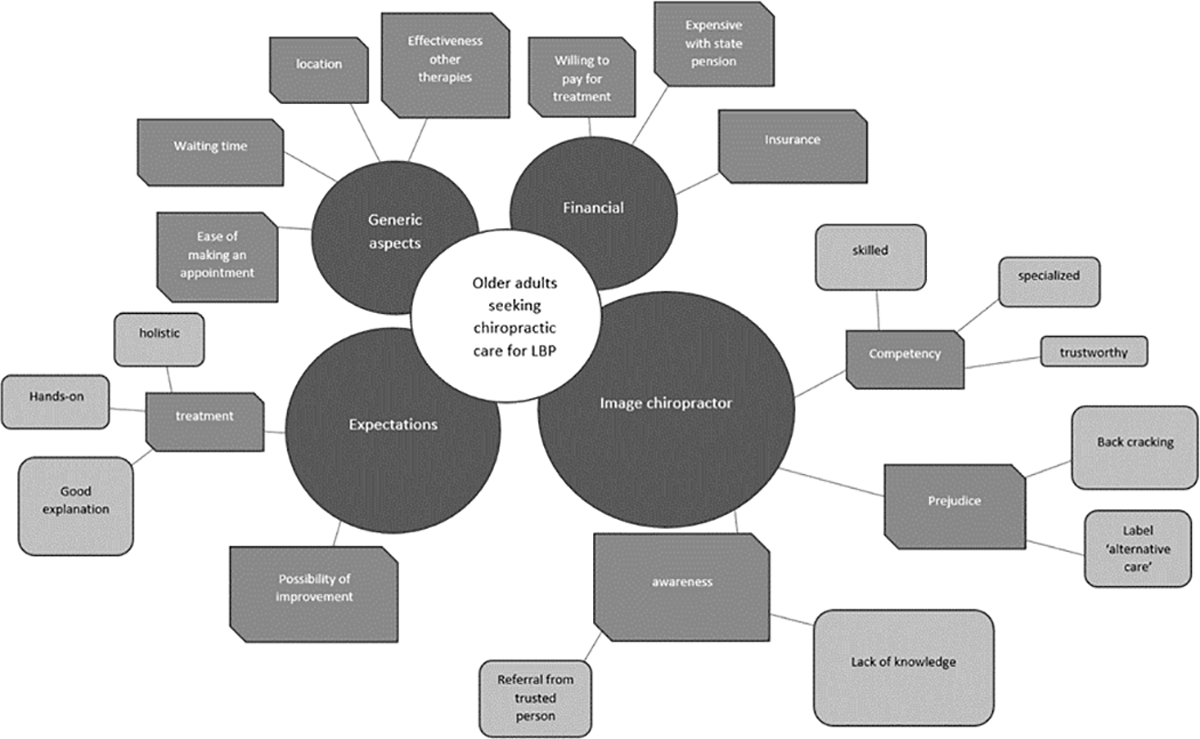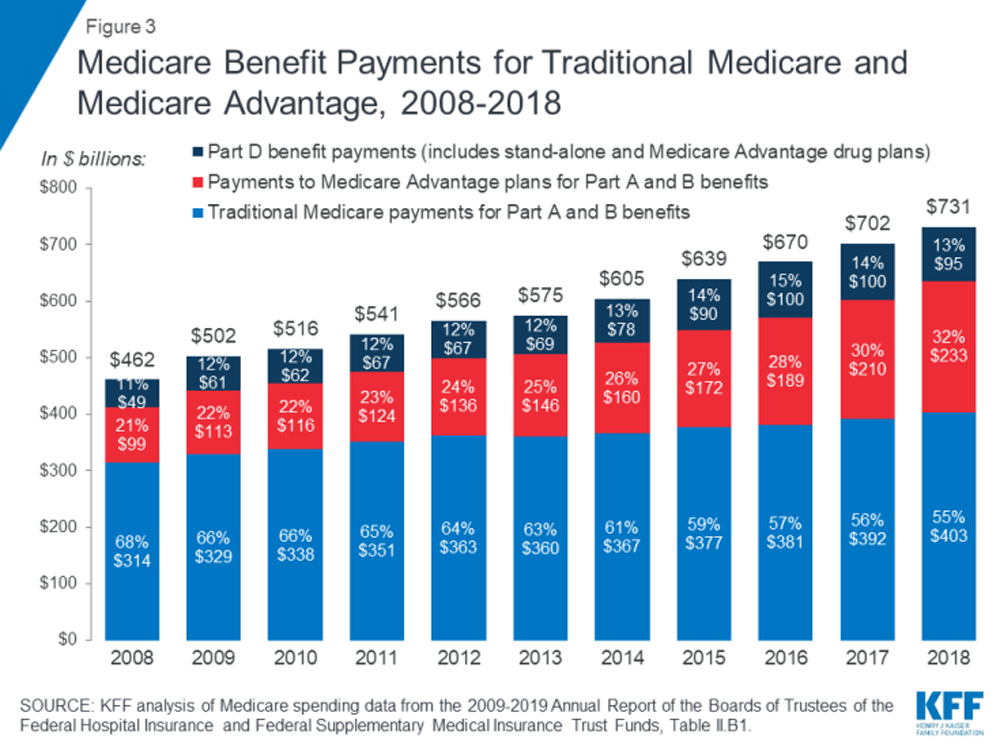Postponement of Medicare Pay Cut Is Stripped From The Jobs Bill
Physicians continue to hope for a reprieve from the proposed 21.2% Medicare pay cut scheduled to begin on March 1, as another legislative solution to the reimbursement crisis fizzled this week in a hyperpolarized Congress.
A jobs-creation bill, crafted by Senate Democrats and Republicans earlier this week, originally would have delayed the massive cut to October 1, but this provision and many others were stripped out within days as Senate Majority Leader Harry Reid (D-NV) shrank the bill’s cost from $85 billion to an estimated $15 billion.
Now Congress has only 2 weeks to pass legislation that would avert the 21.2% reduction in Medicare reimbursement. Organized medicine warns that if the cuts go through, physicians will turn away new Medicare patients or even drop out of the system instead of going broke on paltry fees. The average physician depends on Medicare for 31% of his or her revenue, according to the Center for Studying Health System Change (HSC).
As in the past, this does not mean that every service will be reduced. In fact, the E&M codes (99201-05 and 99211-15) which medical physicians use to code virtually every visit, has continued to climb in reimbursement by 3-5% yearly, while Chiropractic Spinal Manipulation (SMT) has continued to decline, year after year.
The current Medicare payment for SMT in Cook County, IL (highest in the State) is:
CMT1 98940 $29.
CMT2 98941 $39.
Whereas the average charge with other Third Parties is valued at $45-55.
Thus, every time a Cook County DC sees a Medicare patient, they are already experiencing a 29-35% pay cut over the U&C charges paid by other Third Parties. OUCH!
I believe it’s past time for Congress to look MUCH more closely at where the money actually goes. Let’s review some hard core statistics:
Unnecessary Surgical Procedures
In 1974, the Congressional Committee on Interstate and Foreign Commerce held hearings on unnecessary surgery. Their findings from the first surgical second opinion program found that 17.6% of recommendations for surgery were not confirmed. The House Subcommittee on Oversight and Investigations extrapolated these figures to estimate that, on a nationwide basis, there were 2.4 million unnecessary surgeries performed annually resulting in 11,900 deaths at an annual cost of $3.9 billion. [1]
With the total number of lower back surgeries having been estimated in 1995 to exceed 250,000 in the U.S. at a hospital cost of $11,000 per patient. 2 This would mean that the total number of unnecessary back surgeries each year in the U.S. could approach 44,000, costing as much as $484 million.
From: Testimony to the Department of Veterans Affairs’ Chiropractic Advisory Committee
George B. McClelland, D.C., Foundation for Chiropractic Education and Research ~ March 25, 2003
1. US Congressional House Subcommittee Oversight Investigation. Cost and Quality of Health Care: Unnecessary Surgery. Washington, DC: Government Printing Office, 1976
The Cost-Effectiveness of Chiropractic
In the treatment of musculoskeletal disorders, despite the fact that most studies have not properly factored in such patient characteristics as severity and chronicity and lack the complete assessment of all direct costs and most indirect costs, the bulk of articles reviewed demonstrate lower costs for chiropractic. [9] This pattern is consistently observed from the perspectives of workers’ compensation studies, [10-15] databases from insurers, [16-18] or the analysis of a health economist employed by the provincial government of Ontario. [19-20] Other studies have suggested the opposite [that chiropractic services are more expensive than medical], [5, 21, 22] but these contain significant flaws [21] which have been refuted. [23]
The cost advantages for chiropractic for matched conditions appear to be so dramatic that Pran Manga, the aforementioned Canadian health economist, has concluded that doubling the utilization of chiropractic services from 10% to 20% may realize savings as much as $770 million in direct costs and $3.8 billion in indirect costs. [20] When iatrogenic effects [yet to be discussed] are factored in, the cost advantages of spinal manipulation as a treatment alternative become even more prominent.
In one study, for instance, it was shown that for managing disc herniations, the cost of treatment failures following a medical course of treatment [chymopapain injections] averaged 300 British pounds per patient, while there were no such costs following spinal manipulation. [24] Imagine how failed back surgery might compare. Finally, in no cost studies to date have legal burdens been calculated, which one would expect should be heavily advantageous for chiropractic health management.
From: Testimony to the Department of Veterans Affairs’ Chiropractic Advisory Committee
George B. McClelland, D.C., Foundation for Chiropractic Education and Research ~ March 25, 2003
It’s time ALL of us write our Congresspersons and Senators, and share the information you find at the:





Great info. I am par with medicare and next year I will be nonpar. People need to pay for services, period.